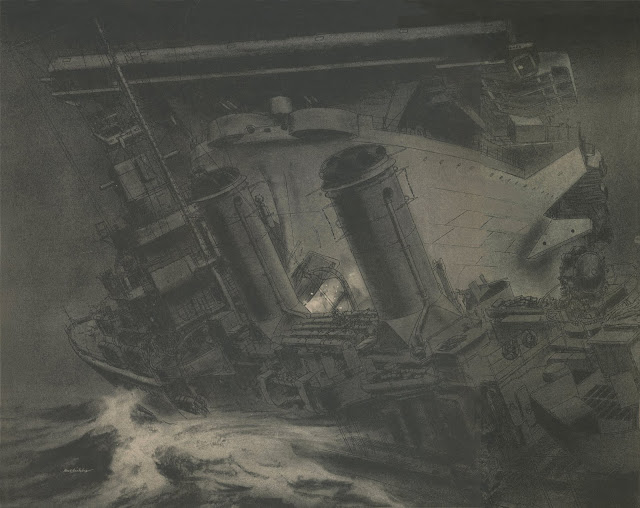Eight years later, artist Susan Rothenberg rocked the fine art world with this picture of a horse:
When Ms. Rothenberg passed away last week, The Washington Post extolled her as "one of the most acclaimed and influential artists of the past half century."
Why? The New Yorker explained the "asteroidal impact" of Ms. Rothenberg's horse pictures:
[T]he effect of the horse paintings that Rothenberg sprang on the world in 1975... was like an asteroid impact....her huge paintings in acrylics made some of us laugh with sheer wonderment....The works conveyed anger, exaltation, and self-abandoning intrepidity.The Fuchs picture is a far superior design; it's a more sensitive and observant portrayal of the animal, with a more powerful use of dense blacks, artfully contrasted with light, lacy drawings of broken china. It is a more mature, sophisticated piece. It even has a discernible, layered meaning. Yet, we must all concede that the Rothenberg picture is stronger in the "self-abandoning intrepidity" department.
Fuchs' failure to master self-abandoning intrepidity will always remain a serious drawback to his art. But he did seem able to tell the difference between a horse and bull.


































